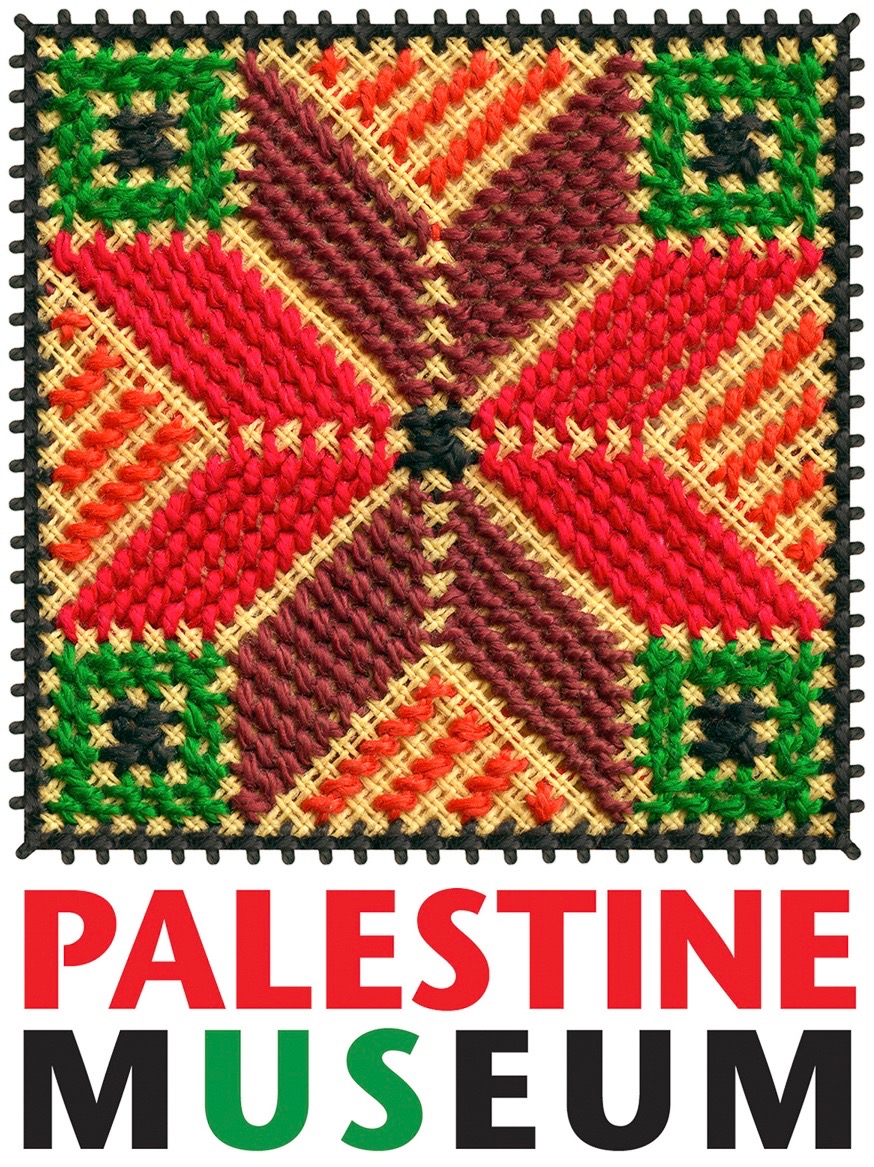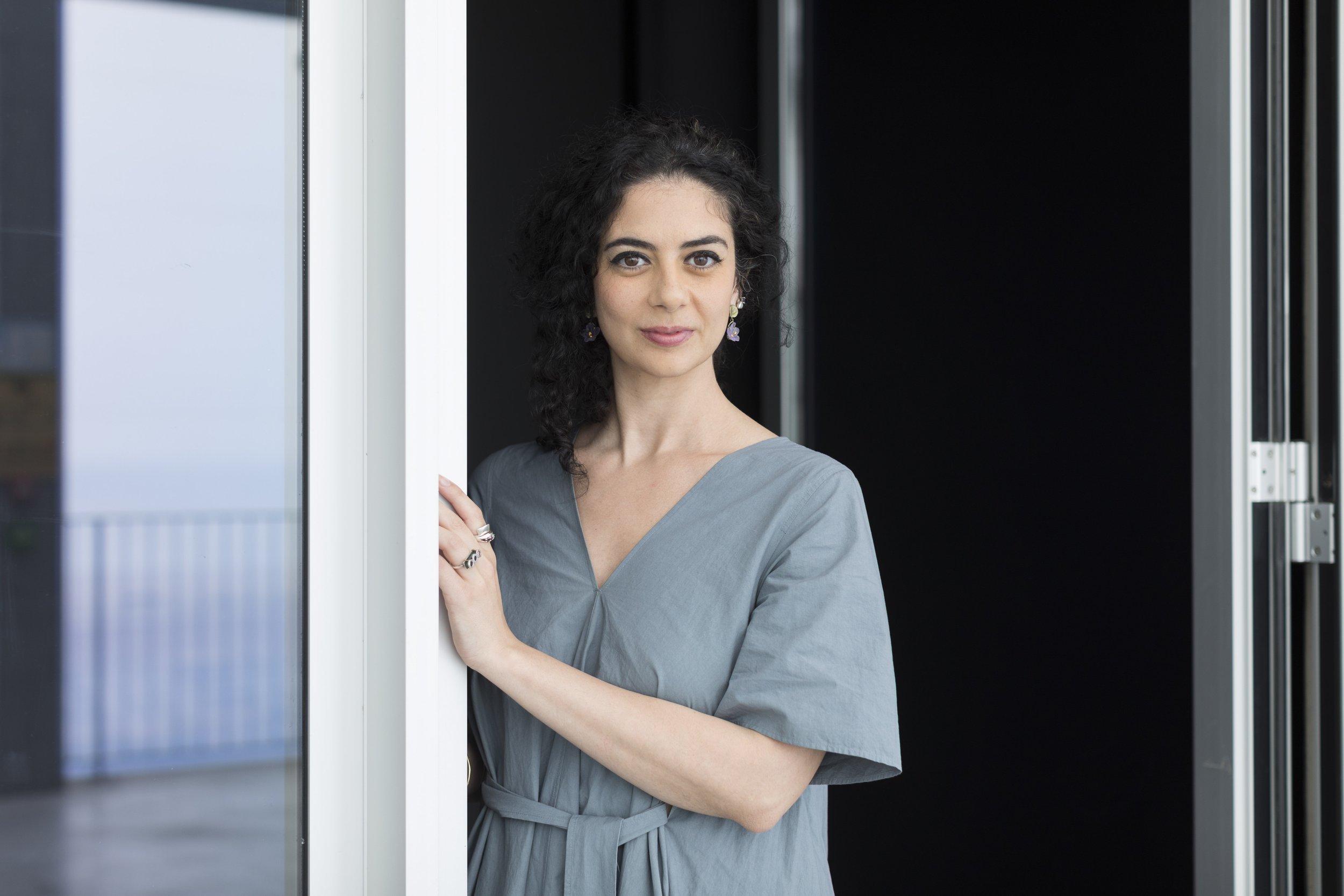Please click here to register for this event.
Please click here to watch the film trailer.
Screening will start at 12:00 Noon US EDT; 6:00 PM Palestine, Run Time 25 minutes, Arabic and English with English subtitles as applicable. The film screening will be followed by a discussion with filmmaker Dima Srouji
SYNOPSIS
Sebastia, a small archaeological town, sits on top of a hill Northwest of Nablus, Palestine surrounded by Shavei Shomron, an illegal Israeli settlement and confiscated agricultural fields of olive groves and apricot trees. This ancient site was excavated multiple times over the last century by colonial archaeologists funded by Zionist individuals and institutions. The first excavation of 1908 led by Harvard University took advantage of Sebastia locals including women, men, and children as cheap labor digging their own land for the sake of biblical archaeology. Each excavation extracted soil and artifacts from the ground, taking what they considered valuable to their home institutions and leaving pottery shards and rubble on the surface. Today, what’s left of the archaeological monuments is contested by the nearby settlement as well as the Israeli military. The Roman Forum is a battlefield, but the locals are incredibly resilient.
About Filmmaker
Dima Srouji is an architect and visual artist exploring the ground as a deep space of rich cultural weight. Srouji looks for potential ruptures in the ground where imaginary liberation is possible. She works with glass, text, archives, maps, plaster casts, and film, understanding each as an evocative object and emotional companion that help her question what cultural heritage and public space mean in the larger context of the Middle East as well as a focused lens on Palestine. Her projects are developed closely with archaeologists, anthropologists, sound designers, and glassblowers.
Srouji was 2022-2023 Jameel Fellow at the Victoria & Albert Museum and currently leading the MA City Design studios at the Royal College of Art in London. Her work is part of the permanent collections at the Corning Museum of Glass and the Stedelijk Museum Amsterdam.


